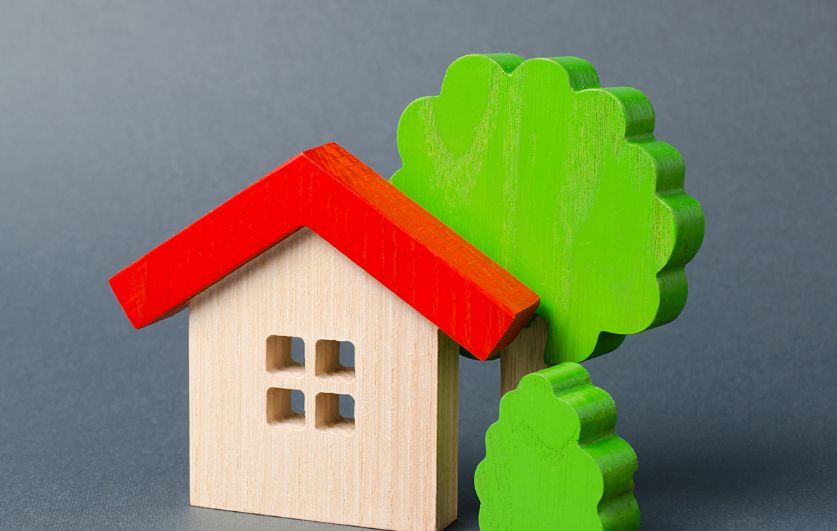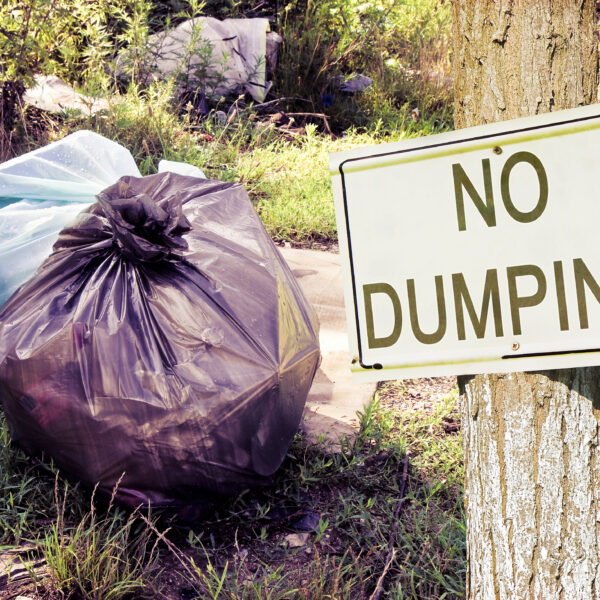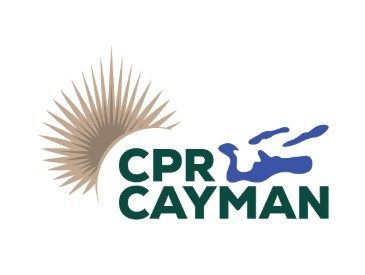
|
Getting your Trinity Audio player ready...
|
By Alric Lindsay
The 2023 Annual Economic Report, published on the Economics & Statistics Office website, indicated that the Cayman Islands population increased from 71,105 in 2021 to 84,738 in 2023. The significant growth of nearly 20,000 people in a short period has raised concerns about its potential impact on housing, infrastructure, and the environment.
Housing
In terms of housing, the growing number of temporary workers joining the workforce creates an increased need for housing. This, along with a limited supply of properties, fluctuating construction costs, and ongoing investment from foreign speculators, can potentially drive up home and rental prices.
Due to these inflated prices, young Caymanians who are completing school and looking to buy their first home encounter difficulties. Challenges include their ability to qualify for mortgages and afford high rent.
Infrastructure
Rapid population growth also impacts infrastructure such as hospitals, schools, roads, waste management, and government services. Existing infrastructure will continue under pressure without sensible long-term planning considering these impacts.
This pressure on infrastructure will manifest in various ways in the future, including an increased need for hospital beds, more traffic congestion, and a potential build-up of garbage (i.e., another “Mount Trashmore” scenario) if a sustainable recycling or waste management solution isn’t in place.
Competing environmental goals
Infrastructure and housing demands lead to challenges for environmentalists. As they try to conserve or preserve land, other stakeholders seek to provide more homes or infrastructure on the same land (all stakeholders effectively work with a limited land mass on three small islands).
To resolve the environmental challenges, policymakers must strike a balance between land they say is needed for housing and infrastructure and land that should be preserved and conserved for future generations.
For example, environmentalists may explain to policymakers that a goal should be set to preserve or conserve at least 30% of the land in the Cayman Islands. This aims to create more green corridors and gardens, protect species, and expand wildlife habitats. On the other hand, developers who have a real interest in Caymanians may ask where future generations of Caymanians will find space to build their homes if land usage becomes increasingly limited due to conservation efforts.
To balance these objectives, policymakers must adjust their thinking and approach to development. They must:
- Plan for several generations rather than two-year budget periods or four-year election terms.
- Engage in more frequent public consultation and incorporate the wishes in development plans
- Be innovative and consider alternatives rather than bending to the wishes of one particular interest group over the other
Concerning the above, some alternatives include:
- Increasing the number of mixed-use developments where residential units sit above commercial properties
- Encouraging developers to build a fixed percentage of “affordable” units within each new residential development
- Finding ways to maximise land use by modifying the density of housing
While the first two ideas are primarily uncontroversial, the last raises more eyebrows.
Theoretically, allowing more units to be built in a given space may lower costs per unit and create more affordable housing.
In the case of proposals for higher residential buildings, it is often claimed that this results in a smaller footprint being used to accommodate more housing.
Notwithstanding these ideas, members of the public may argue that communities may become overcrowded and traffic congestion may worsen, impacting the quality of life.
Conclusion
Given these potential reactions, it is critical for policymakers to consider the feasibility of both sides’ proposals fully, always considering the long-term best interests of the Cayman Islands and the Government’s environmental responsibilities under the Cayman constitution. Effectively, this means designing policies that preserve natural ecosystems and biodiversity to maintain the ecological balance of our small islands while finding a way to ensure that future generations of Caymanians are not homeless and have access to affordable housing within a limited land mass.







